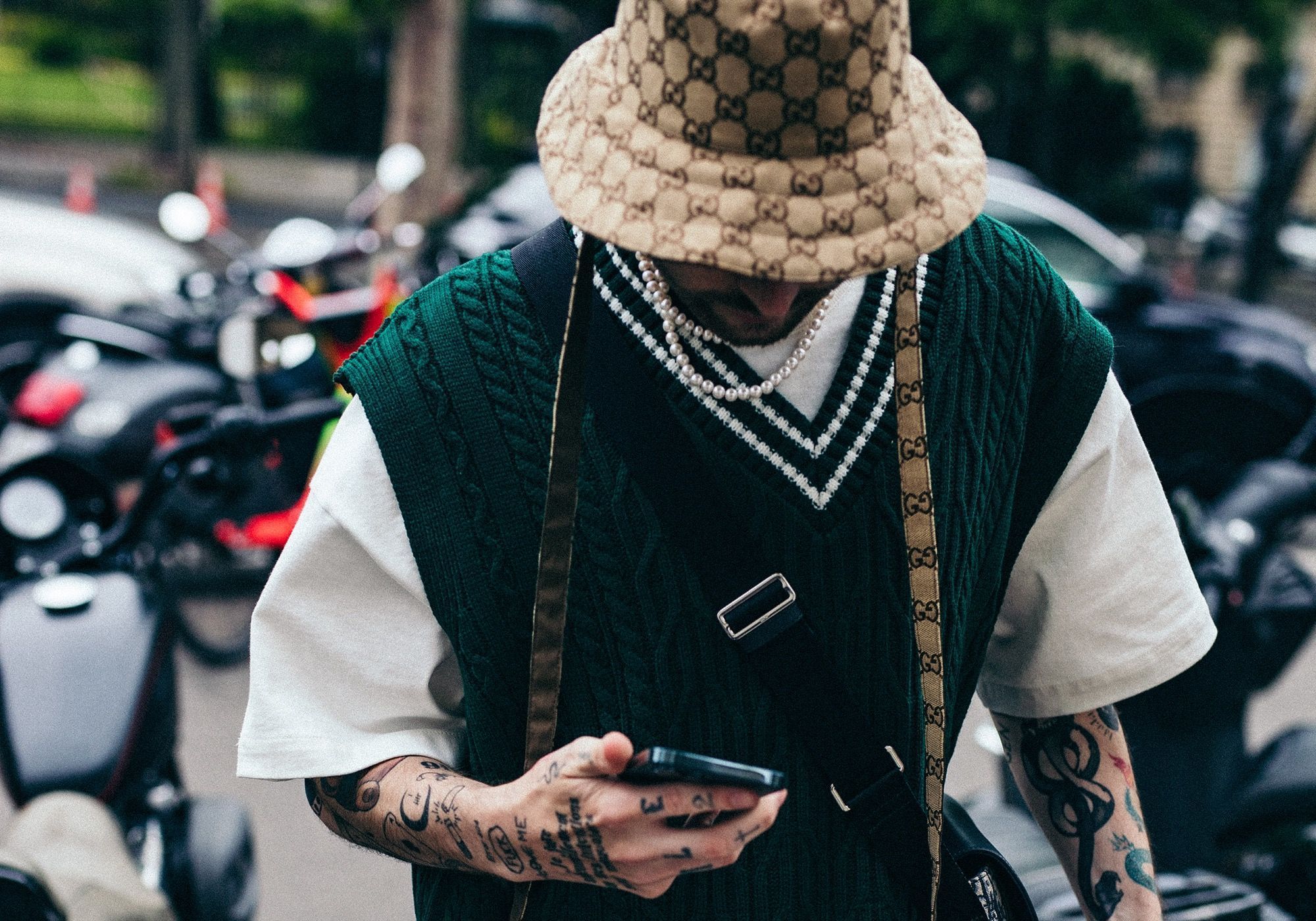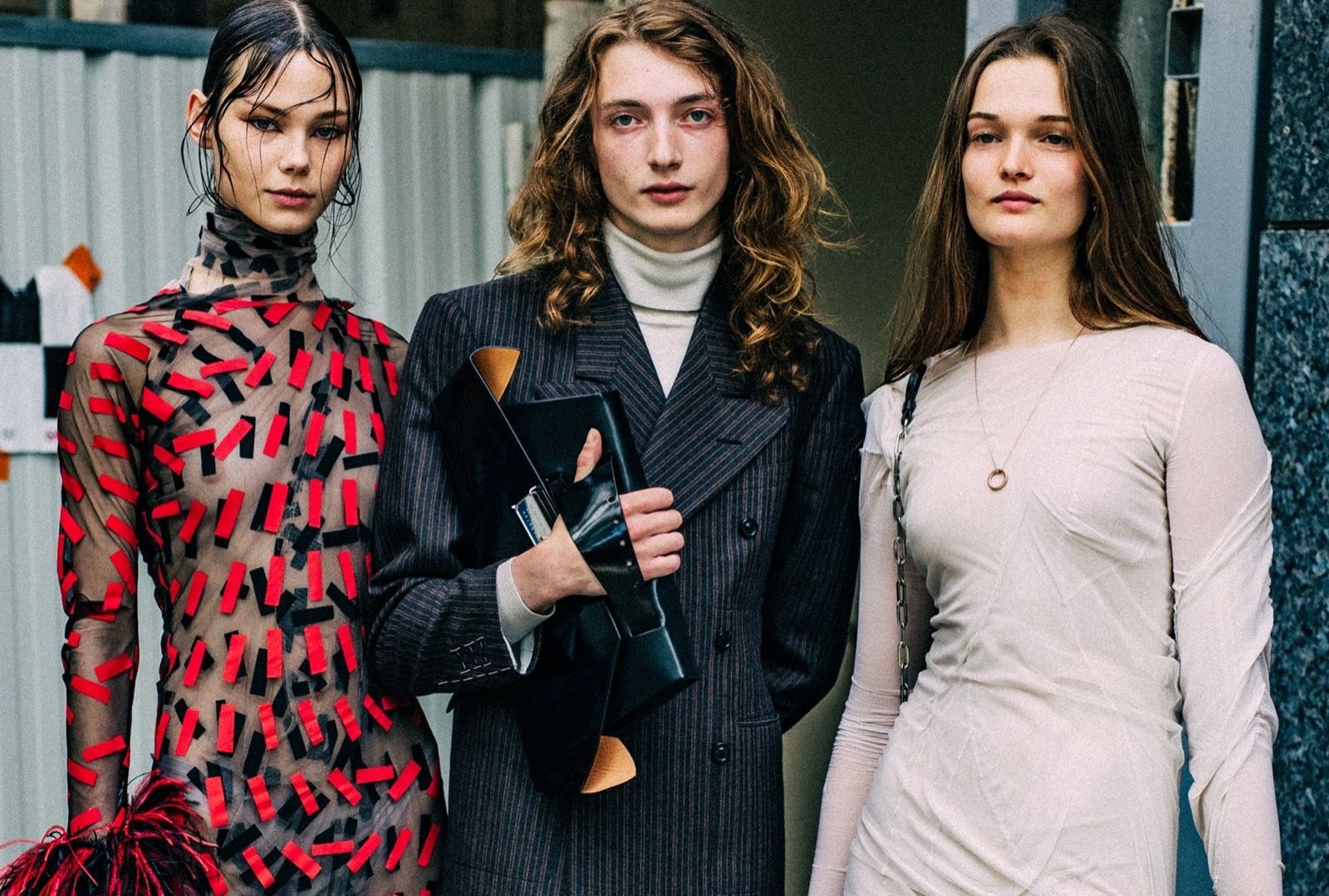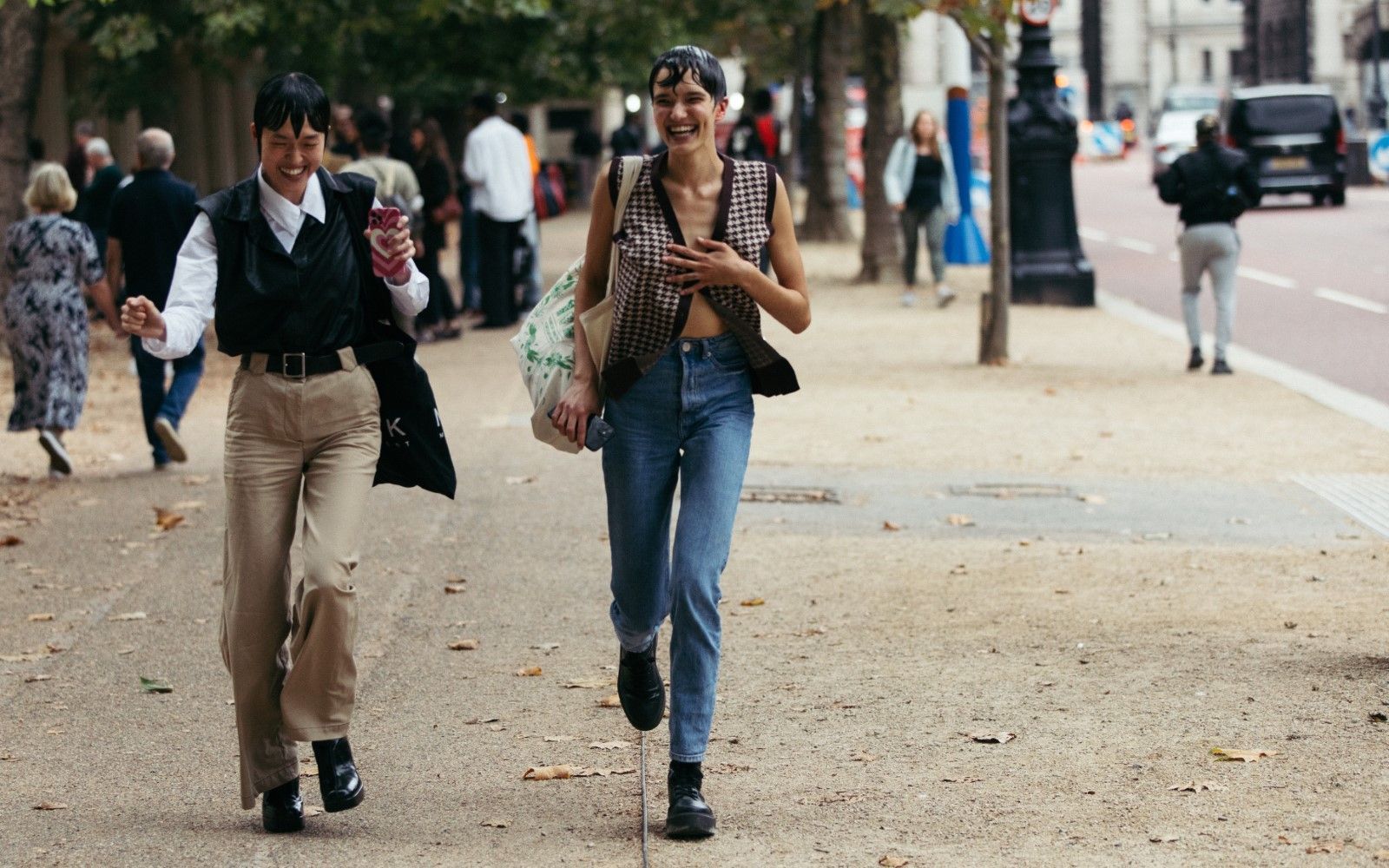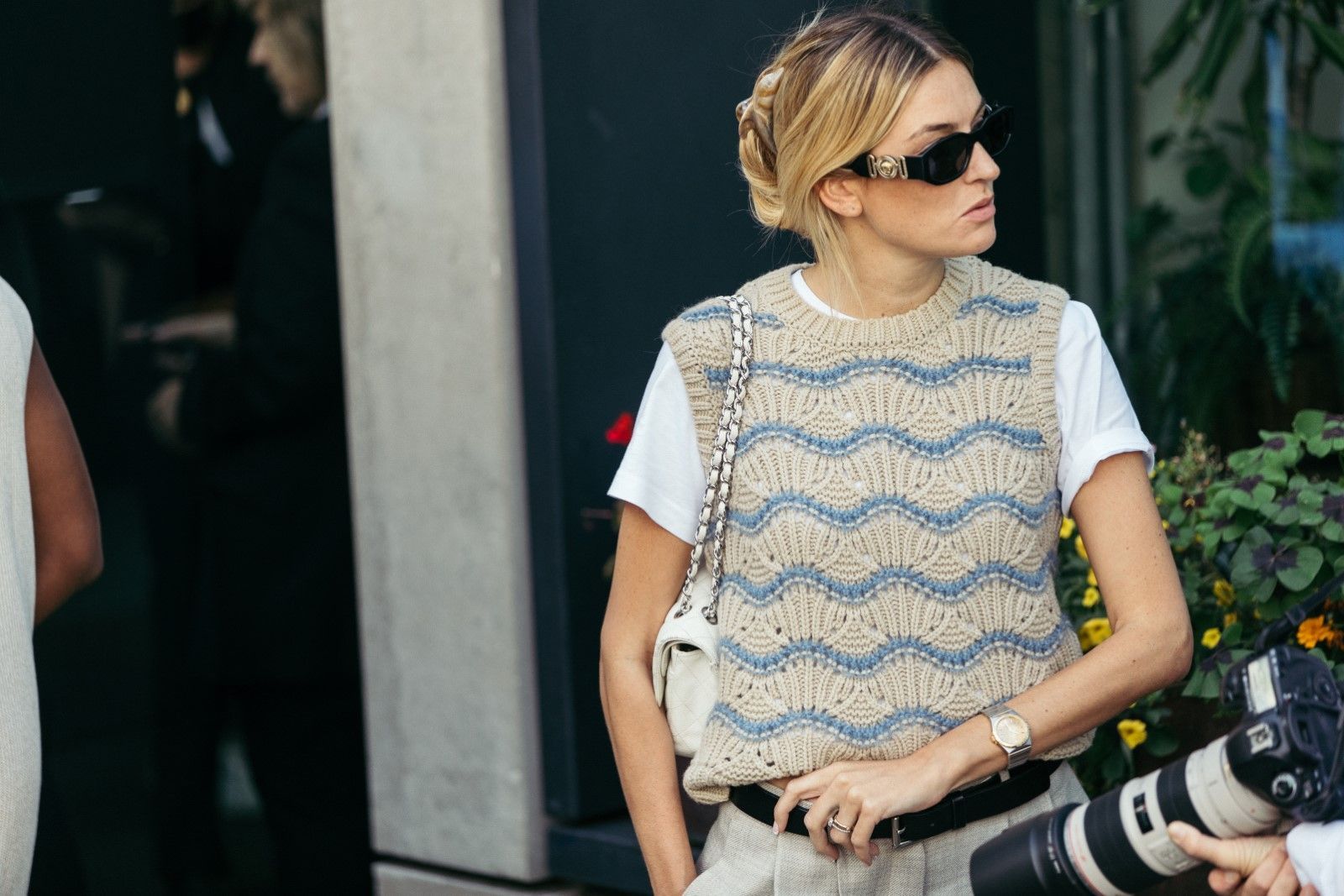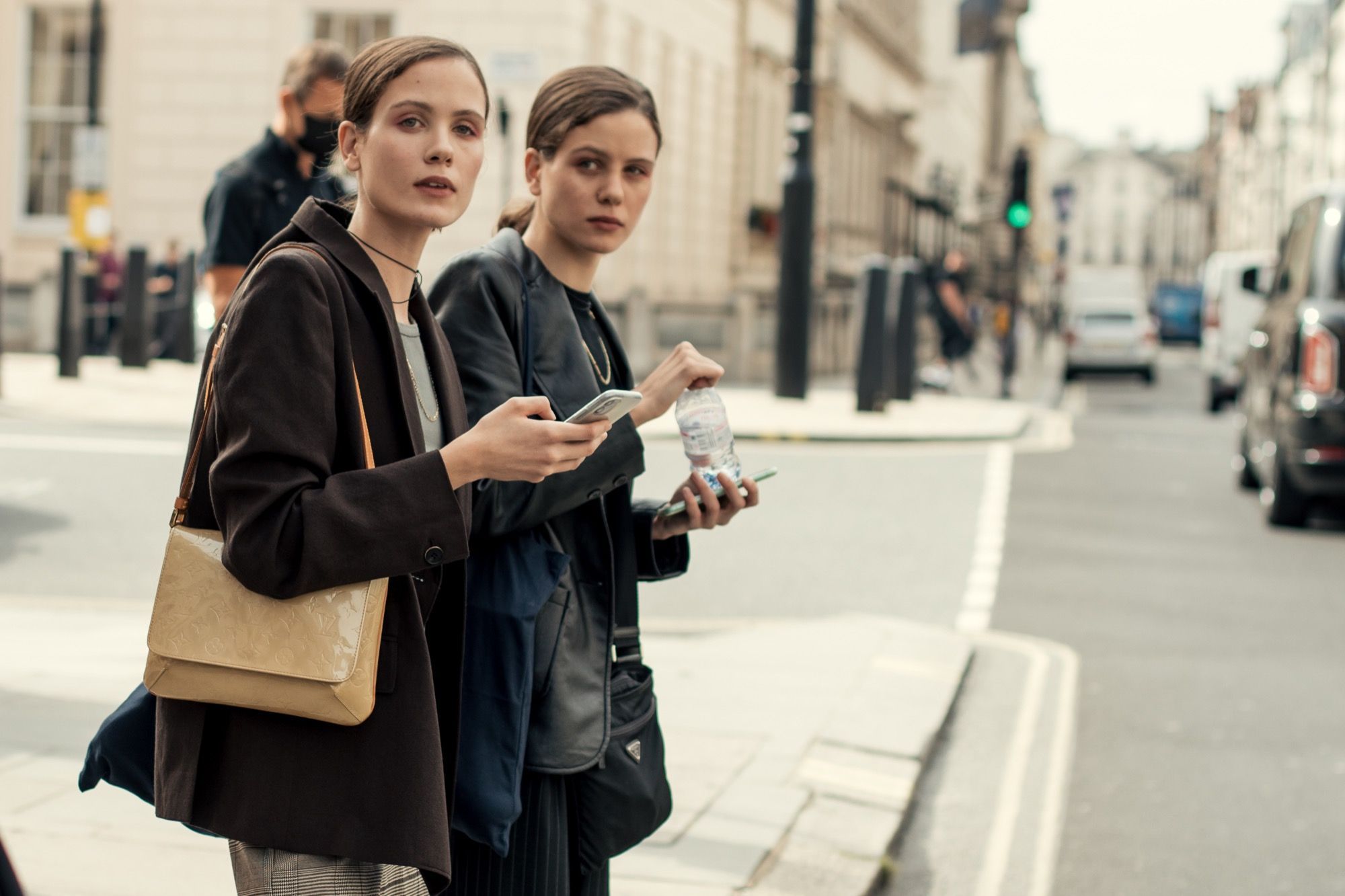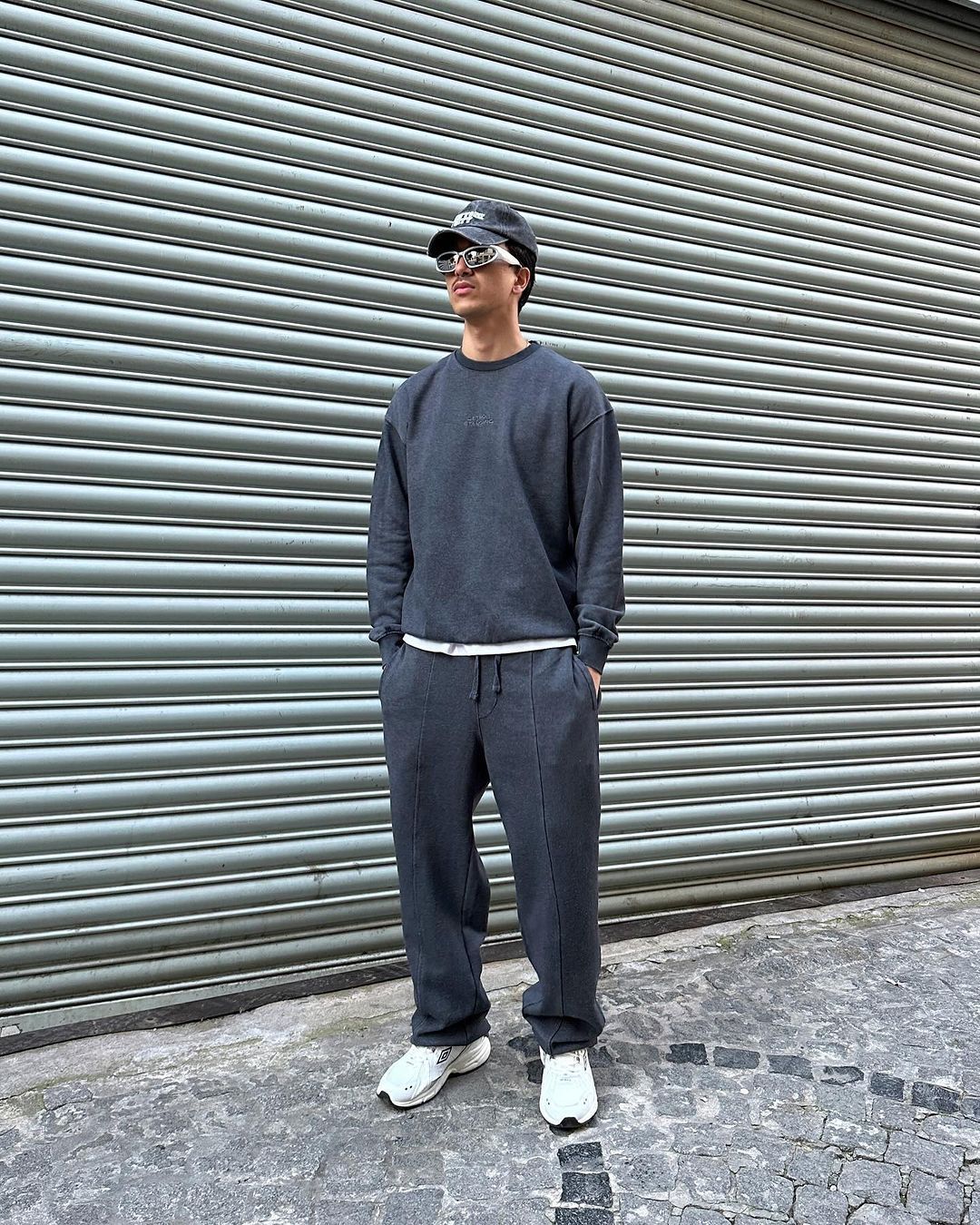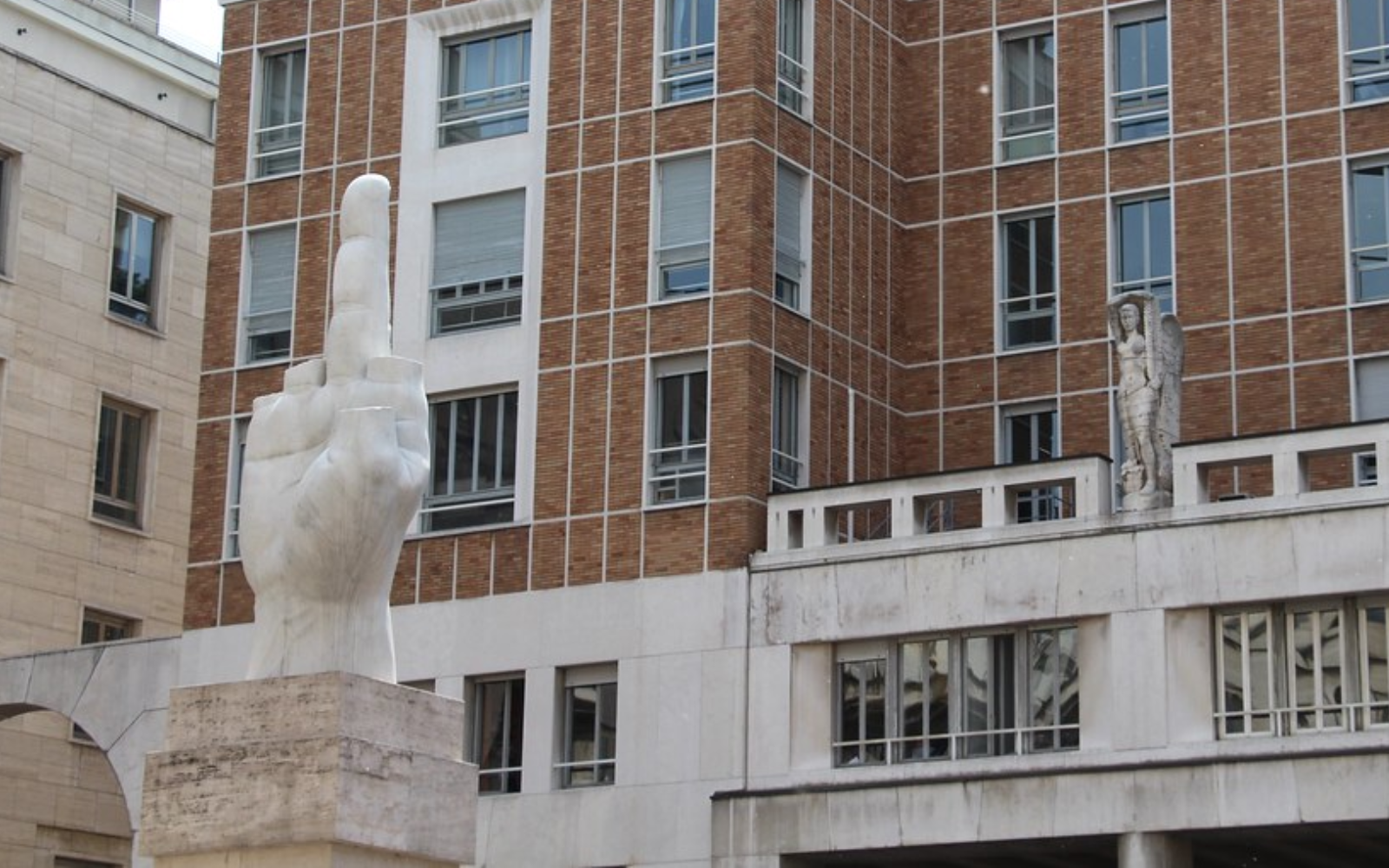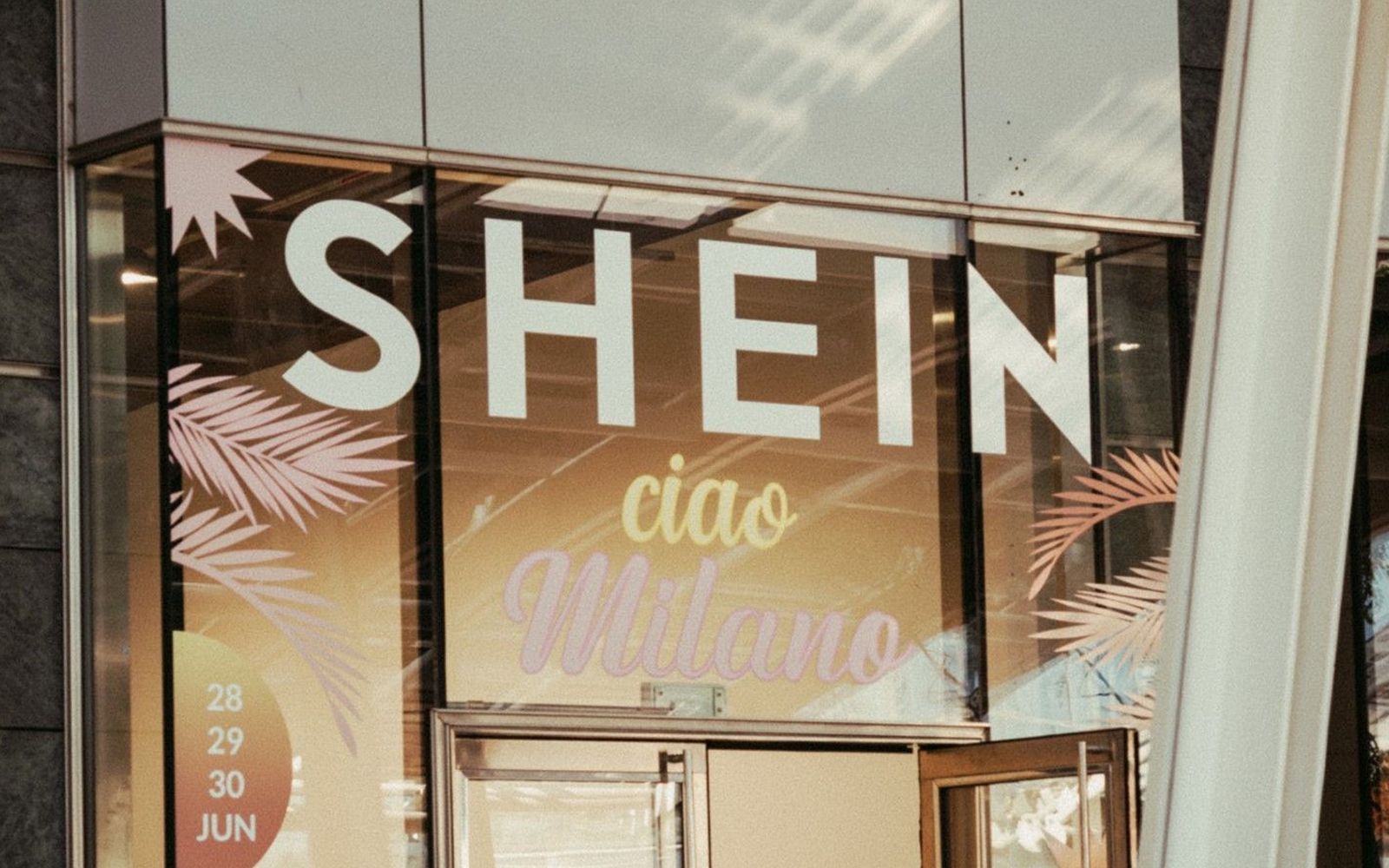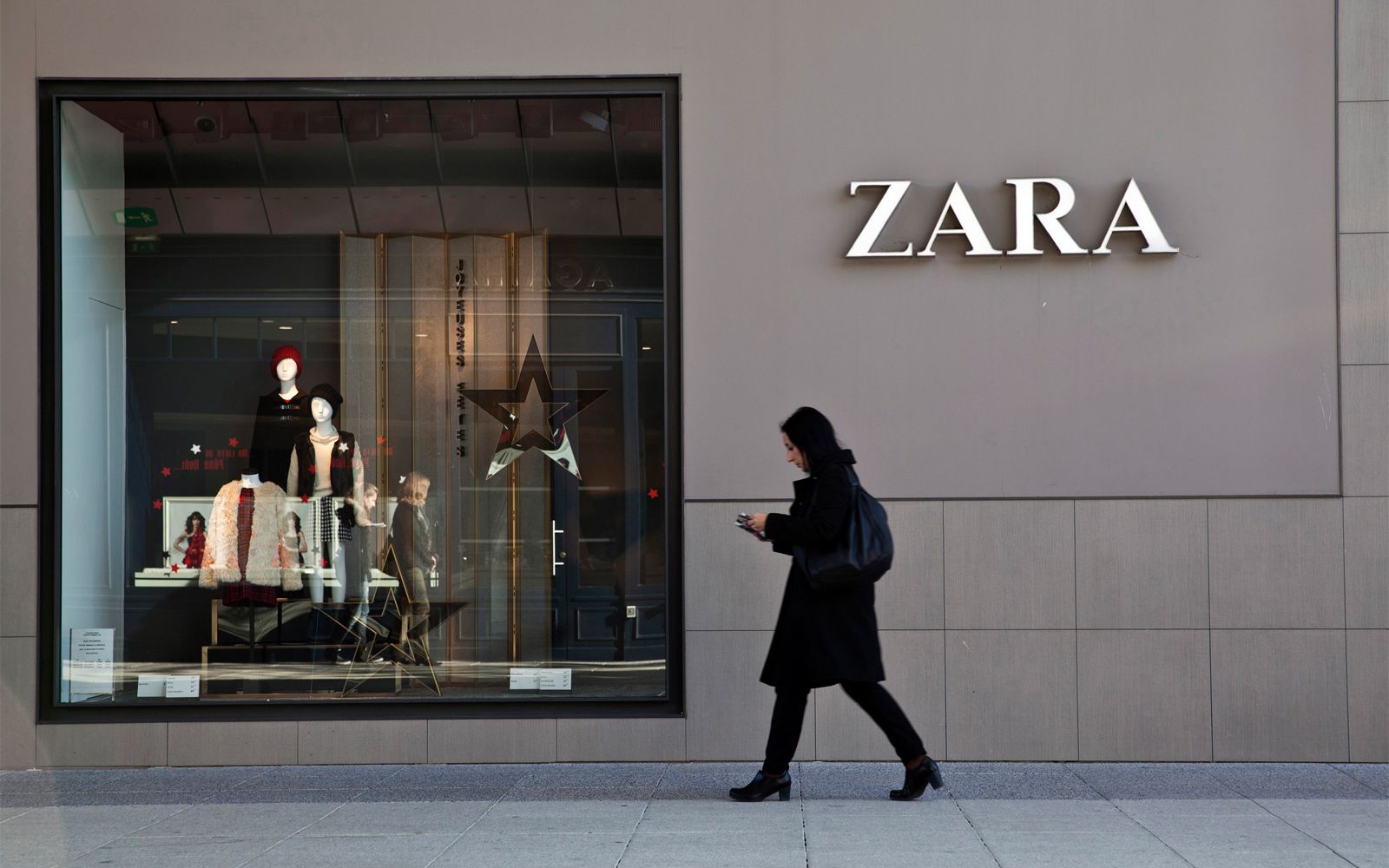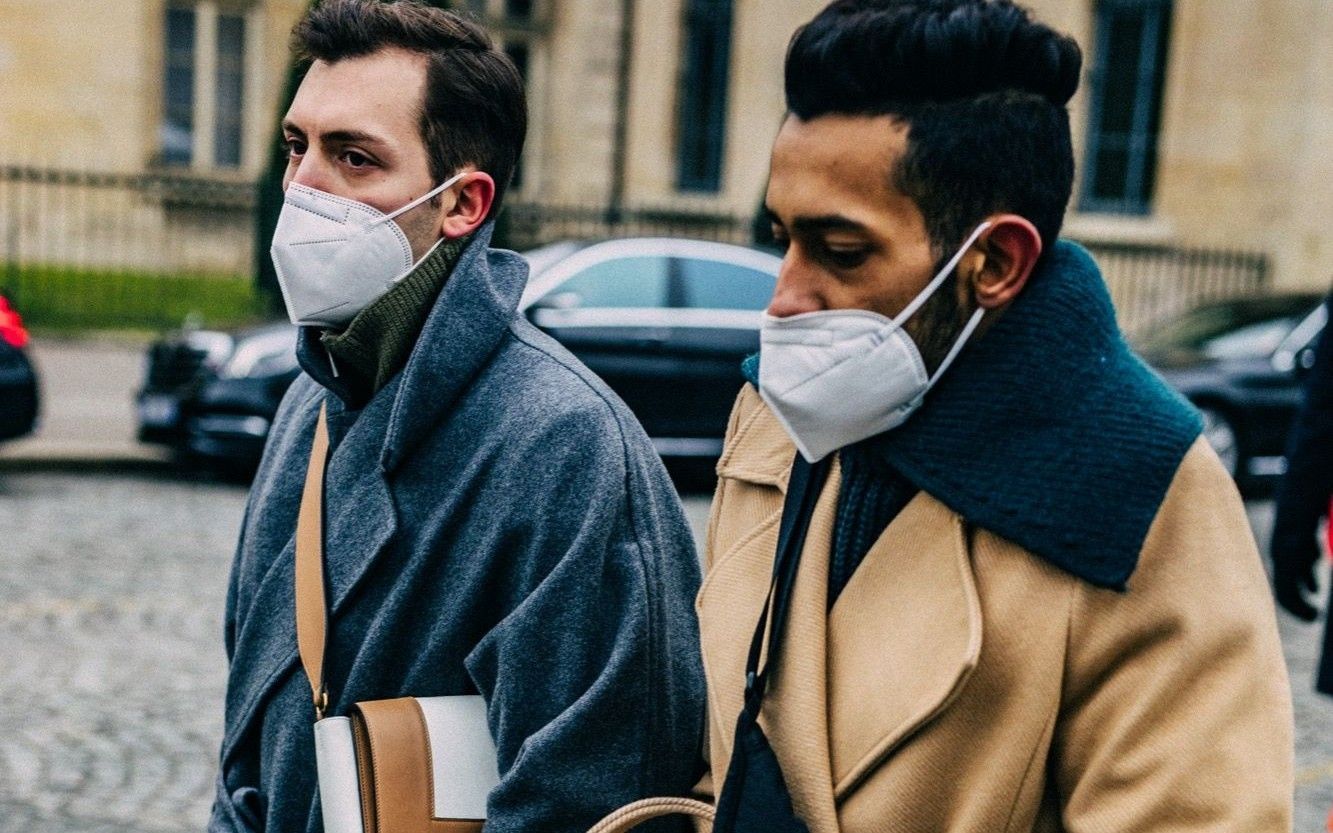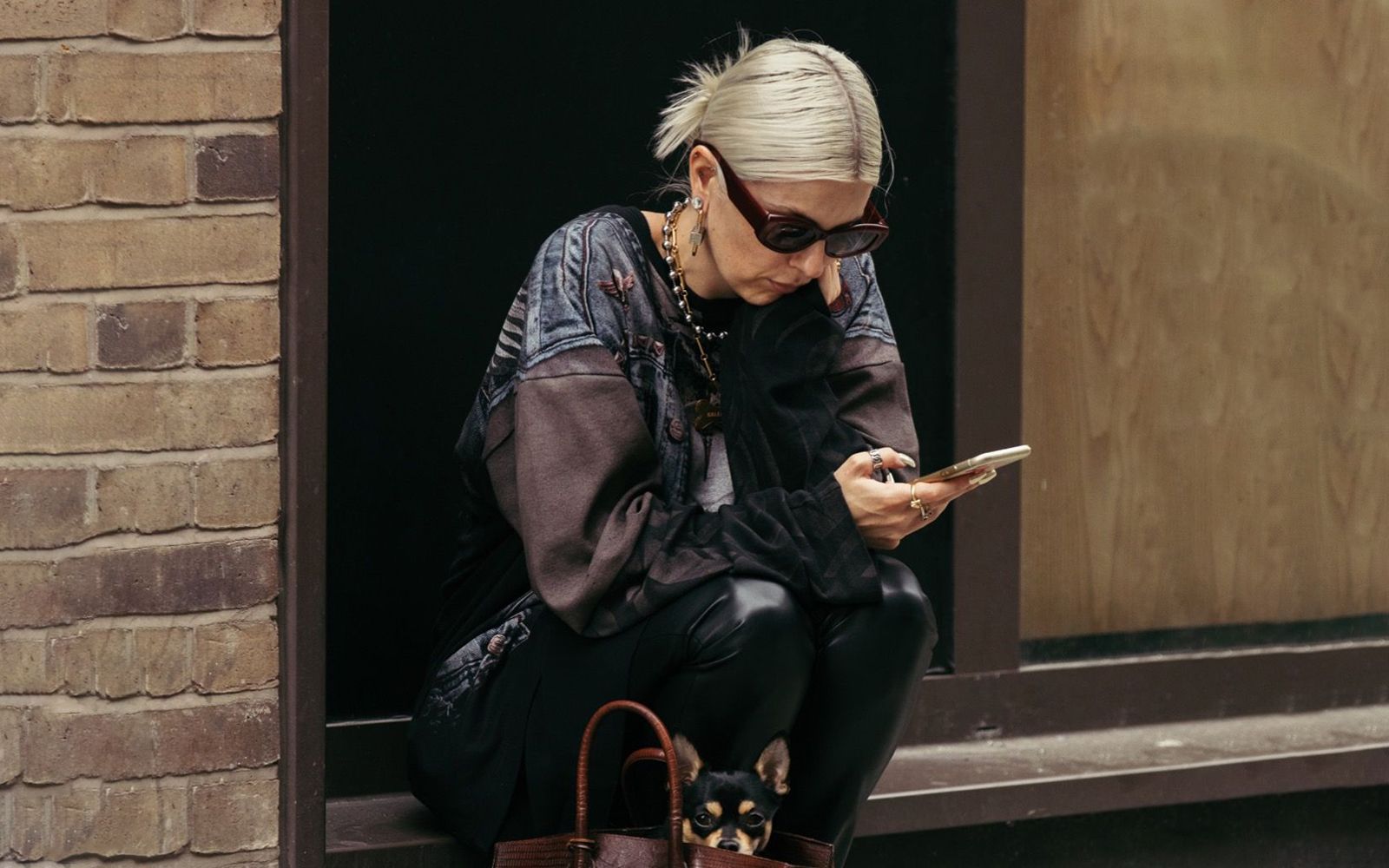
The year when nothing changed From fashion to our buying habits, 2021 hasn't delivered on its promises
Endings that lead to new beginnings are always the perfect opportunity to take stock, cyclically look back at what was promised to be achieved and analyze how much was actually accomplished. Historically, they were referred to as "year-end resolutions," but last year, 2021, came with more than just a year-end resolution. It was the end-of-pandemic resolution: except that the pandemic never really ended. Waste reduction, inclusivity, sustainability, slowing down, and a general rethinking of the fashion system was what 2021 was supposed to bring to the industry. But how much of that actually happened? What did the fashion world - a system that is theoretically extremely changeable but actually profoundly immobile - really see change in the year that followed the biggest pandemic in recent history?
The fashion calendar has been only partially rethought: Fashion Weeks have been largely deprived of the events that made them fundamental moments for the brands and the absence of physical shows has simply anticipated a trend that seemed to have already been written, that of rethinking the fashion show with a view to greater entertainment. Fashion has tried to rethink its priorities, finding new ways to entertain the public: Balenciaga's show and the collaboration with The Simpsons was an excellent example of this process. A cross-media communication that, if on one hand takes fashion further and further away from the old idea of fashion, on the other hand hybridizes more and more languages, getting closer to what fashion should all in all do, investigate the future. But can the industry really be satisfied with the "change"? The number of shows has not decreased, on the contrary, it has only expanded, spreading throughout the year and in all parts of the world, multiplying the concept of cruise and inventing a different way of defining a collection each time. However, there is no trace of that slowdown invoked by Giorgio Armani at the end of 2020 that had been so much applauded.
2020 was also the year in which - due to the enormous logistic and production problems dictated by the pandemic and the blockage of the supply chain - the future of hype culture, hyper-releases and the proliferation of collabos were discussed at length. With a view to bringing the fashion world closer to the longed-for sustainability, there was talk of circular market, rediscovery of the archive, and more generally "the death of streetwear", as Virgil Abloh had declared when no one had yet heard of COVID-19. Net of the already declared production problems - of Nike or GAP - that have led to reasoning a rethink of the production chain, has the fashion system really slowed down in 2021? A study published by McKinsey in May 2021 highlighted how about 90% of what is produced is actually put aside. The pandemic was supposed to kill fast-fashion and instead not only is fast-fashion alive - as this Fast Company piece explained - but it has evolved into something very different from what we knew, borrowing fashion's canons and even collaborating with it.
The year 2021 was the year in which fashion brands began a slow, for some still not very understandable, descent into the Metaverse: from Gucci to Balenciaga, the next step towards the digital industry has in part taken place, even if only through NFT and virtual try-ons for the moment, while waiting to understand what the new experience that the Metaverse will actually offer consumers will be. Consumers that in the digital era have become more and more users but that fashion, and luxury in particular, has struggled to understand how to engage especially when it comes to Generation Z. What happened to Chanel on TikTok is in some ways emblematic of the difficulty of a certain type of fashion to dialogue with the digital, even in the digital era. In addition to all the structural changes that should have accompanied and guided the fashion world in 2021, there are also those that concern social issues. Fashion should have become a more inclusive industry after a year - 2020 - spent supporting the black creative, but as emerges from a very long investigation by the New York Times, not so much has changed. Similarly, the "work revolution" invoked by BoF's State of Fashion 2021 has never really begun: the toxicity of the industry's working environment - as evidenced also by some IG Stories by the former head of content of Highsnobiety Christopher Morency - has never really ceased, but rather seems to have escalated to the point of resulting in drastic decisions by the big luxury brands. The pandemic was supposed to change human beings, and with them the worlds they were part of. It should have happened for the better, it could have happened for the worse. The impression is that nothing has changed, despite the fact that everything had to change.










































